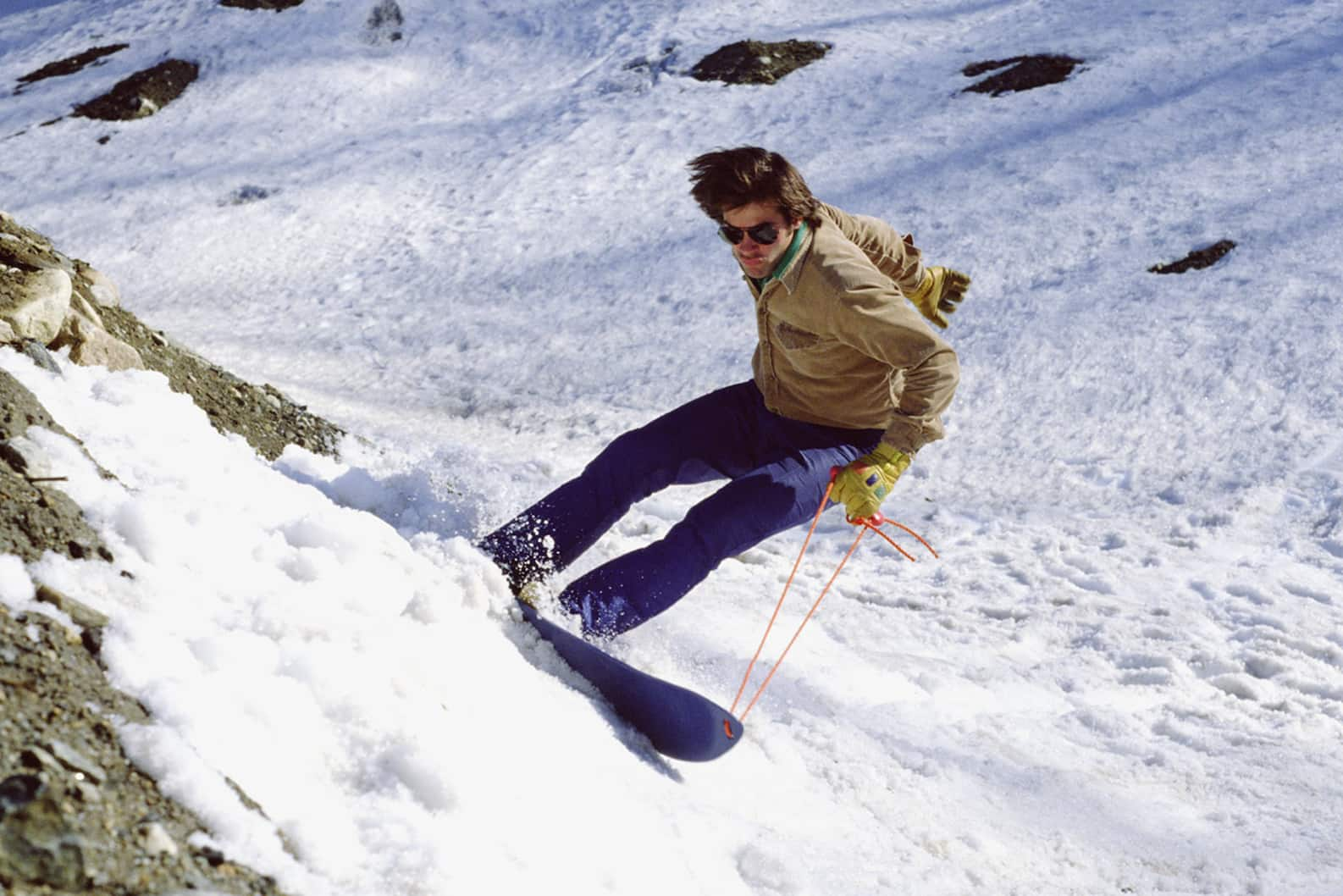
The Evolution of Snowboarding: A Culture Carved in Ice and Snow
Snowboarding, a thrilling blend of athleticism and artistry, boasts a vibrant culture interwoven with its fascinating history. Far from a simple winter pastime, snowboarding represents a unique blend of rebellious spirit, technical innovation, and a passionate global community. Understanding its evolution reveals not just the progression of a sport, but the shaping of a counter-cultural movement that continues to influence winter sports and beyond.
Early Days and the "Slippery Slope" to Acceptance:
The origins of snowboarding are shrouded in a bit of folklore and a lot of ingenuity. While several individuals experimented with sliding down snow-covered hills on rudimentary boards throughout the 20th century, the generally accepted genesis points to the late 1960s. Inspired by surfing, skateboarding, and skiing, individuals like Sherman Poppen, credited with creating the "Snurfer" in 1965, and Jake Burton Carpenter, who began manufacturing and refining snowboard designs in the 1970s, are pivotal figures.
Poppen’s Snurfer, a simple board with rope handles, was a homemade toy that quickly caught on, sparking a grassroots movement of backyard snowboarding. However, these early boards were far from refined, lacking the bindings and sophisticated designs that would characterize later iterations. The Snurfer’s simplicity, however, contributed to its popularity, particularly among young people eager for a new and exciting way to enjoy the winter landscape.
Burton Carpenter’s approach was significantly more entrepreneurial. He saw the potential for a more developed, commercially viable snowboard. His dedication to improving board design, binding systems, and overall performance propelled snowboarding towards legitimacy. His early boards were met with skepticism from the established skiing community, often seen as a disruptive force challenging skiing’s dominance. This initial resistance played a role in shaping the rebellious image that would become synonymous with snowboarding culture.
The 1980s witnessed a surge in snowboarding’s popularity, fuelled by advancements in board technology and the increasing visibility of skilled riders. However, its acceptance on established ski resorts was far from guaranteed. Many resorts actively banned snowboarding, perceiving it as a dangerous and disruptive activity that threatened their carefully curated ski culture. This resistance only fueled the rebellious spirit of the snowboarding community, fostering a unique counter-cultural identity.
The Rise of a Subculture:
Snowboarding’s initial struggle for acceptance forged a strong sense of community and identity among its practitioners. This subculture, characterized by a rebellious attitude, a love for pushing boundaries, and a distinct aesthetic, played a critical role in shaping snowboarding’s evolution. This sense of outsider status fueled creativity and innovation, both in terms of riding styles and the broader snowboarding lifestyle.
The clothing and music associated with snowboarding also reflected this rebellious spirit. Bold colors, baggy clothing, and a distinct musical taste—often encompassing punk, hip-hop, and alternative rock—differentiated snowboarders from the more traditional skiing crowd. This stylistic identity became an integral part of the snowboarding experience, further solidifying its status as a subculture.
Technological Advancements and the Professionalization of the Sport:
The late 1980s and 1990s saw significant advancements in snowboard technology, leading to the development of more sophisticated boards and binding systems. This improvement in equipment enabled riders to push the boundaries of the sport, developing increasingly complex tricks and maneuvers. The introduction of freestyle snowboarding, characterized by acrobatic jumps and spins in terrain parks, added another dimension to the sport, further enhancing its appeal.
The professionalization of snowboarding occurred during this period, with the emergence of professional competitions and sponsorships. This provided snowboarding with a new level of legitimacy and visibility, attracting a wider audience and solidifying its place as a mainstream sport. The inclusion of snowboarding in the Winter Olympics in 1998 was a landmark moment, signaling its full acceptance into the world of competitive winter sports.
Snowboarding’s Global Reach and Modern Culture:
Today, snowboarding enjoys a global following, with thriving scenes in countries across the globe. The sport has evolved beyond its rebellious roots, while still retaining its core values of freedom, creativity, and self-expression. The modern snowboarding culture is incredibly diverse, encompassing various riding styles, from the technical precision of halfpipe riding to the exhilarating freedom of backcountry snowboarding.
The influence of social media has played a significant role in shaping contemporary snowboarding culture. Platforms like Instagram and YouTube have enabled snowboarders to share their experiences, inspiring others and fostering a sense of global community. This increased accessibility has also democratized the sport, making it more accessible to individuals from various backgrounds and socioeconomic statuses.
Beyond the Slopes: The Enduring Legacy of Snowboarding Culture:
Snowboarding’s impact extends beyond the slopes. Its influence on fashion, music, and art is undeniable. The rebellious spirit and creative energy that characterized its early years continue to resonate within the sport and its broader cultural influence. Snowboarding’s emphasis on self-expression and individual style has resonated with generations, inspiring creativity and fostering a community built on shared passion and respect for the environment.
The environmental consciousness of many within the snowboarding community is also worth noting. Many snowboarders are passionate about preserving the natural environments they enjoy, advocating for sustainable practices and supporting organizations dedicated to environmental protection. This commitment to environmental stewardship underscores the deeper connection between snowboarding culture and the natural world.
In conclusion, the history of snowboarding is a testament to human ingenuity, rebellious spirit, and the power of community. From its humble beginnings as a backyard pastime to its status as a globally recognized sport, snowboarding has consistently pushed boundaries, challenging conventions, and forging a unique and vibrant culture that continues to evolve and inspire. The legacy of snowboarding lies not just in its athletic accomplishments, but in the spirit of freedom, creativity, and connection to nature that defines its passionate community.



